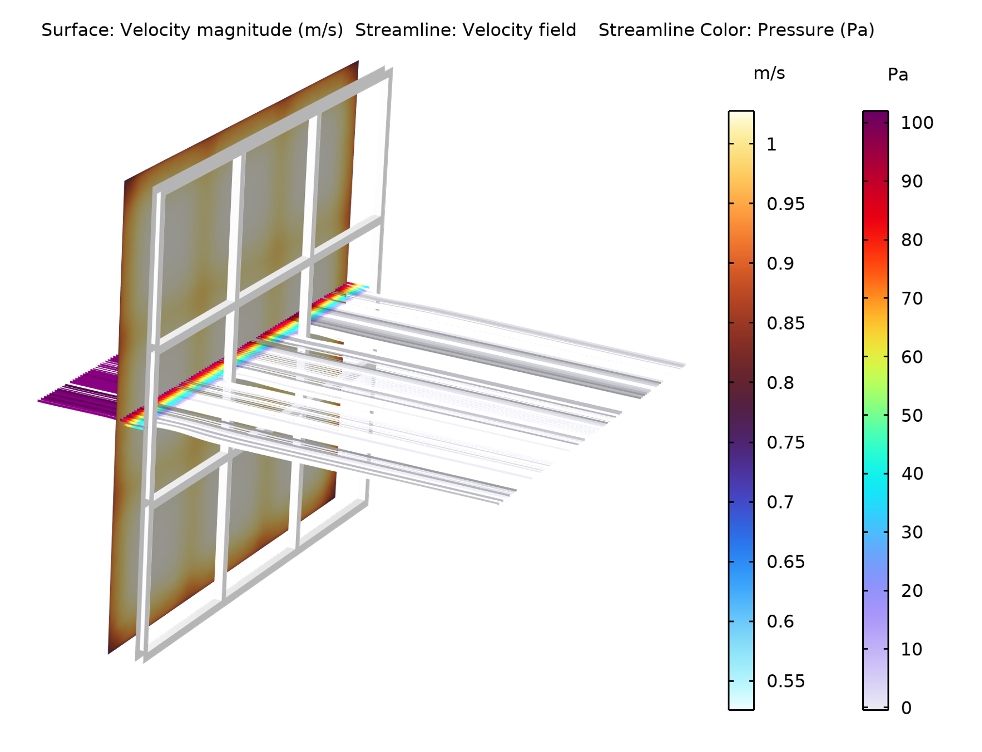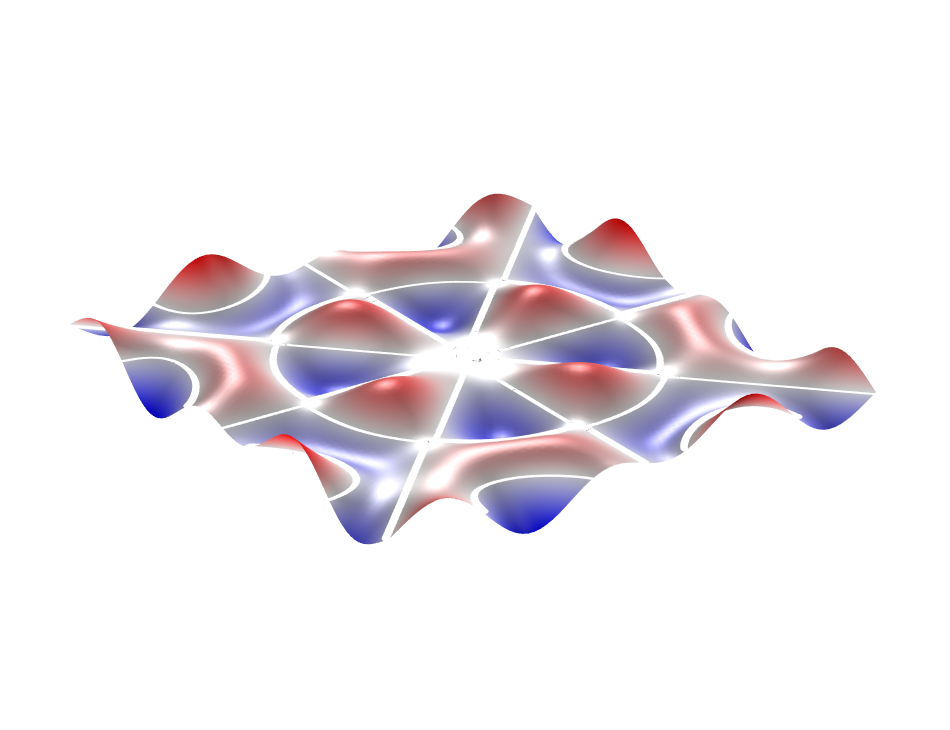Modeling the Speed and Stealth of the Darkstar

I watched the latest Top Gun movie, Top Gun: Maverick a few weeks ago. It is a really awesome movie, and it is also cutting edge from an engineering standpoint. The movie starts with Maverick, played by Tom Cruise, working as a test pilot preparing to fly a new secretly developed airplane, the Darkstar, capable of flying Mach 10. Simultaneously,…
Examining an Air Filter with a RANS Turbulence Model

HVAC systems do more than provide the smooth, chilled air that flows when the temperature outside rises. Within these systems, air moves through filters to ensure high air quality. With clean air at stake, modeling and simulation can be used to gain an in-depth understanding of the physics behind the behavior of air as it moves…
How to Estimate the Parameters of Nonlinear Material Models in COMSOL Multiphysics®

Mechanical systems often contain components that exhibit nonlinear material behavior. Examples include large elastic deformations in seals and gaskets, strain-rate dependence and hysteresis during cyclic loading in rubbers and soft biological tissues, and elastoplastic flow and creep in metals. Together with its Nonlinear Structural Materials Module add-on, the COMSOL Multiphysics® software contains more than one hundred built-in material…
Fuel Cell and Hydrogen Production Models

To demonstrate how the COMSOL Multiphysics® software can be used for modeling hydrogen and energy production through electrolyzers, fuel cells, and related technology, we create example models and other guides on a regular basis. Browse example models and see suggested add-on modules in this resource collection. Read more
Introduction to the Composite Materials Module

Composite materials are heterogeneous materials composed of at least two constituent materials. Among the different types of composite materials, layered composite materials are quite common and are widely used for aircraft, spacecraft, wind turbine, automobile, marine, buildings, and safety equipment use cases. The Composite Materials Module, an add-on to the COMSOL Multiphysics® software, includes built-in features and functionality…
How Do Chladni Plates Make It Possible to Visualize Sound?

Can we “see” sound? Not directly, but we can come close. By changing our perspective, we can learn a lot about the nature of acoustics. One way to observe acoustics phenomena is by studying standing waves in a solid medium known as a Chladni plate. A special technique creates patterns on the plate that reveal sound’s physical…
Best Papers and Posters from the COMSOL Conference 2023 Munich
The COMSOL Conference 2023 returned in person this year in Munich, Germany, where the multiphysics simulation community formed new connections, learned about the latest advancements in the COMSOL Multiphysics® software, and drew inspiration from each other’s innovative work. During the three-day event, engineers, researchers, and scientists across industries showcased their findings through poster and slideshow presentations. Six teams earned special recognition for…
Solving the Superconductor Teaching Challenge with Apps
Why are superconductors and their applications such a challenging subject to teach? Francesco Grilli, a researcher and professor from the Karlsruhe Institute of Technology (KIT), has an idea as to why — and a solution to the problem. By building simulation applications and making them available in a web browser, Grilli helps present this complex topic in a captivating way…
Forming New Ideas with Generative Design in COMSOL®
Does a new design come from a person or a process? We may imagine that innovators envision a design and then pick up their pencils to bring their idea to life. Of course, designers and engineers today might not use pencils, and they might not have a final design idea in mind. Instead, some designers use a process that comes…
Why Do Golf Balls Have Dimples?
Dimples are famously crucial for the aerodynamic properties of a golf ball: They generate a turbulent flow that reduces the ball’s drag. However, doesn’t this sound counterintuitive? In general, smooth objects are more aerodynamic than rough ones. In today’s blog post, we will dig into the details of this apparent paradox; learn how to use this knowledge to model the…
